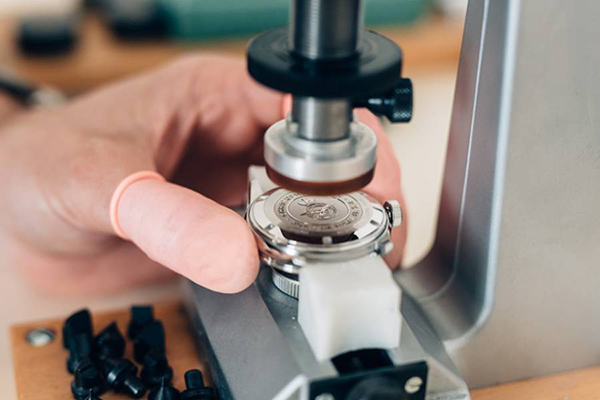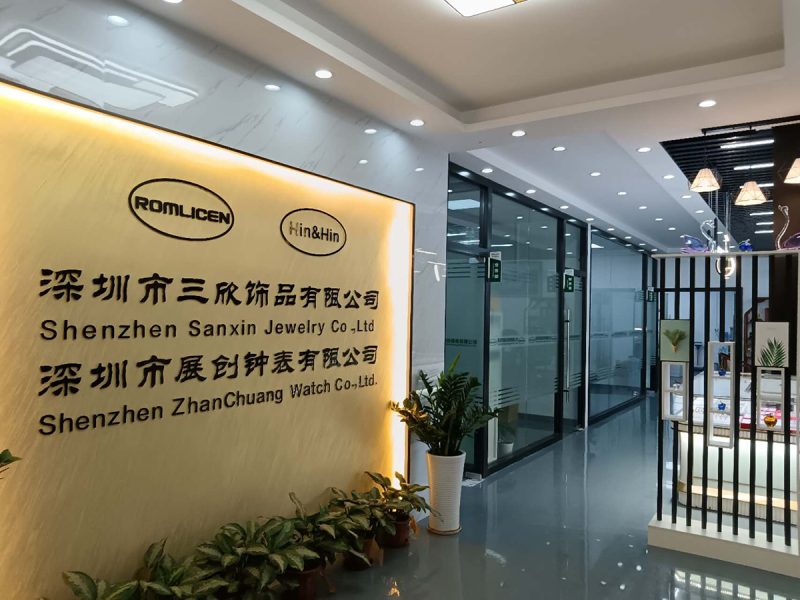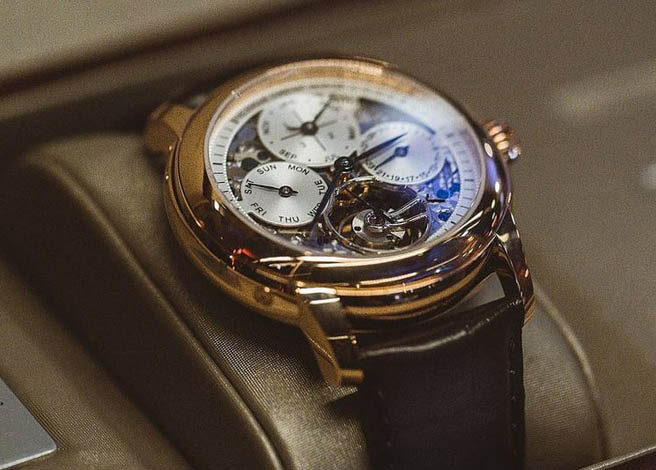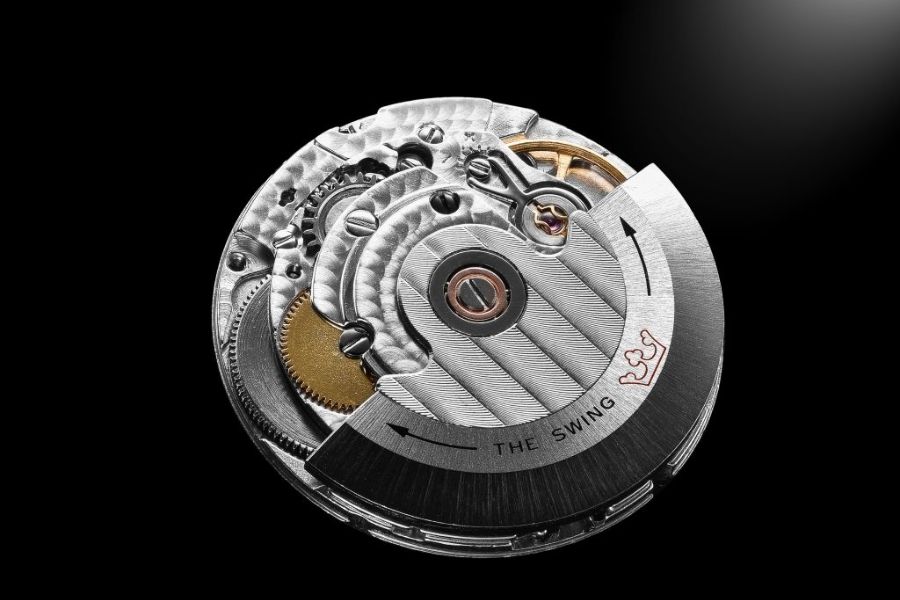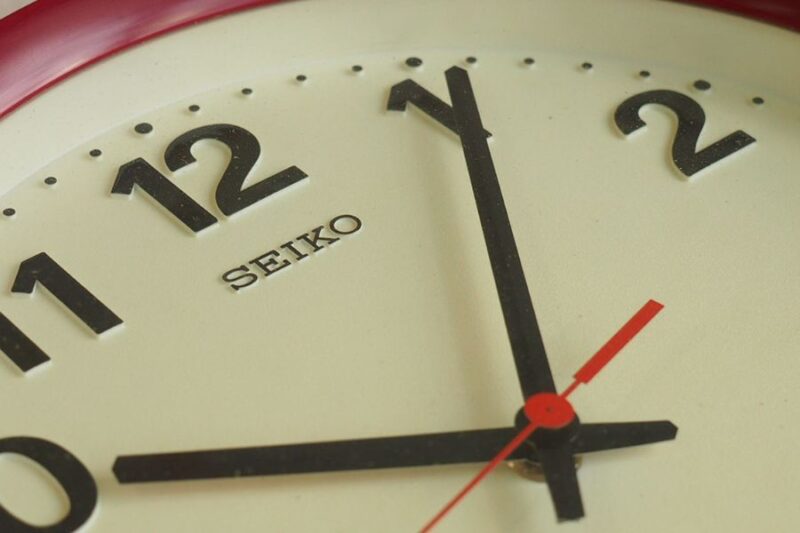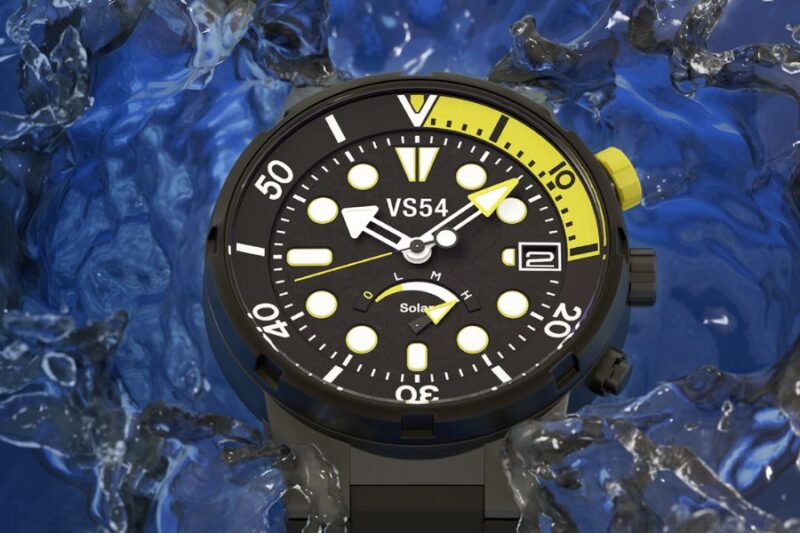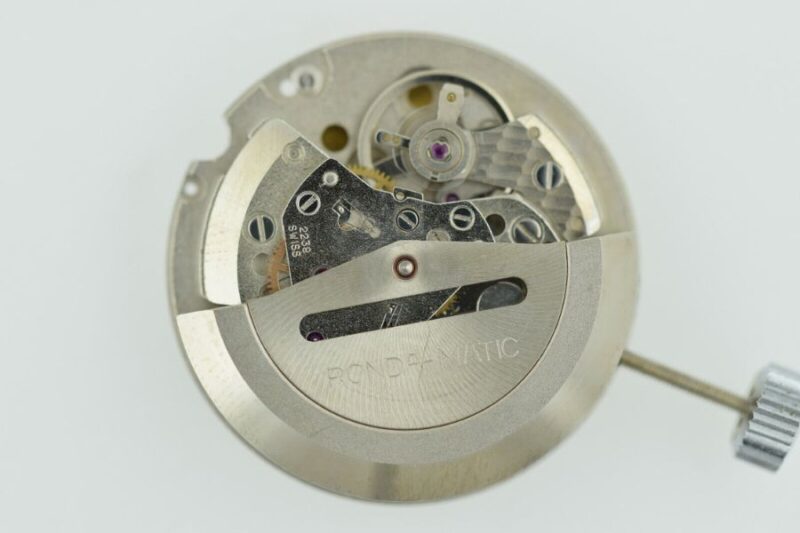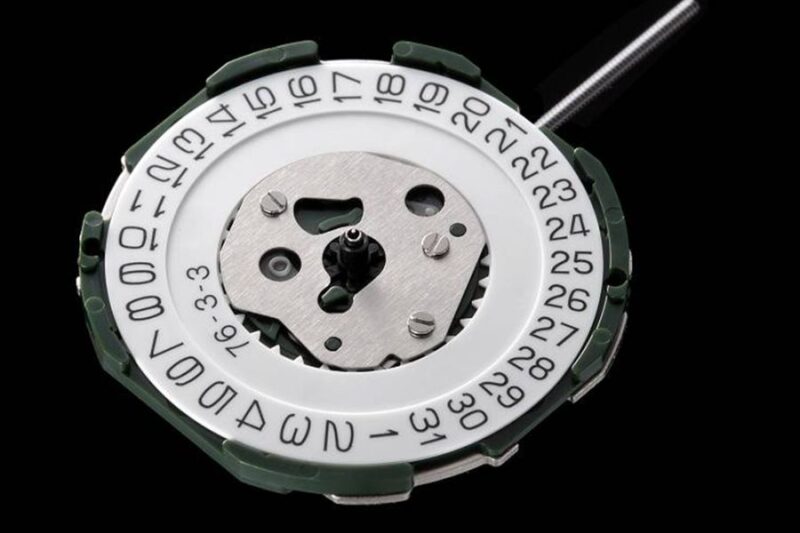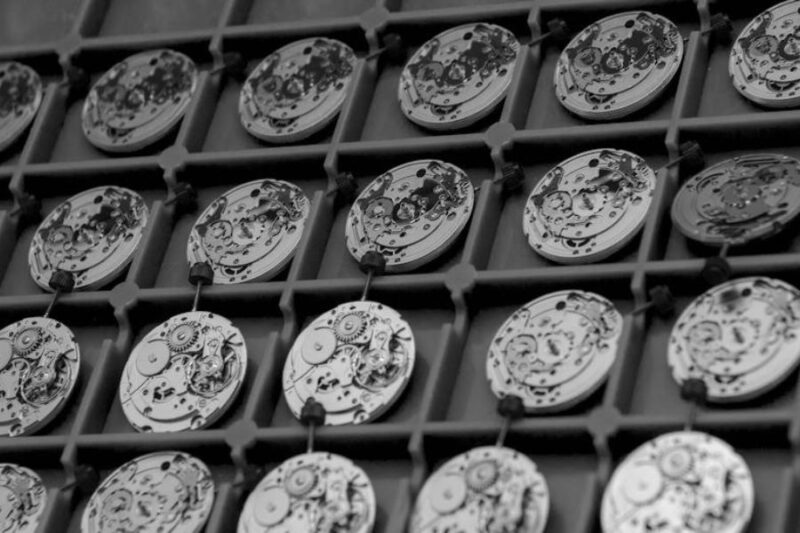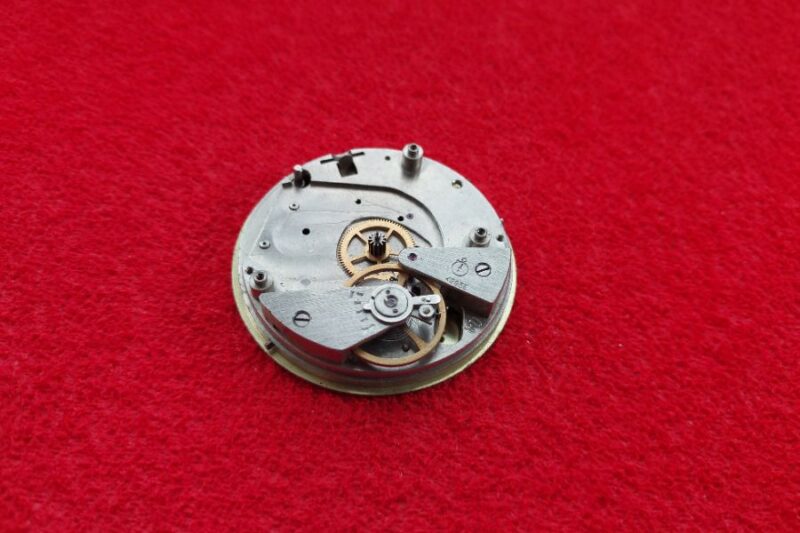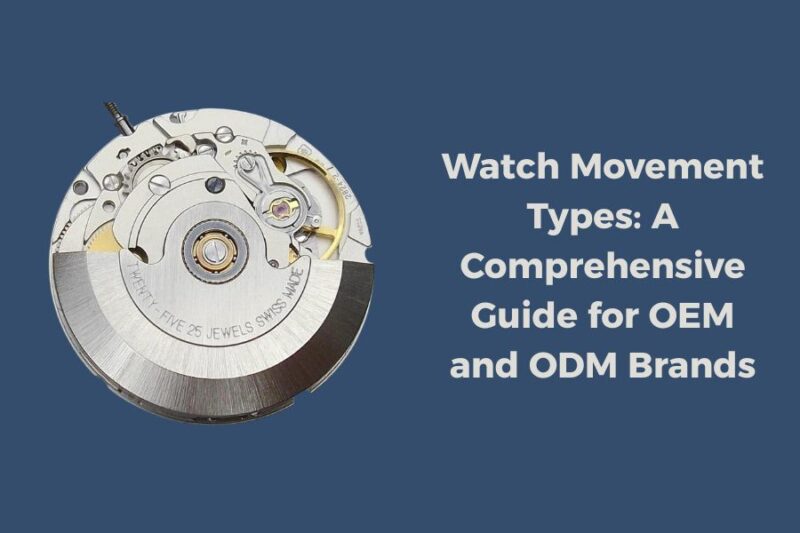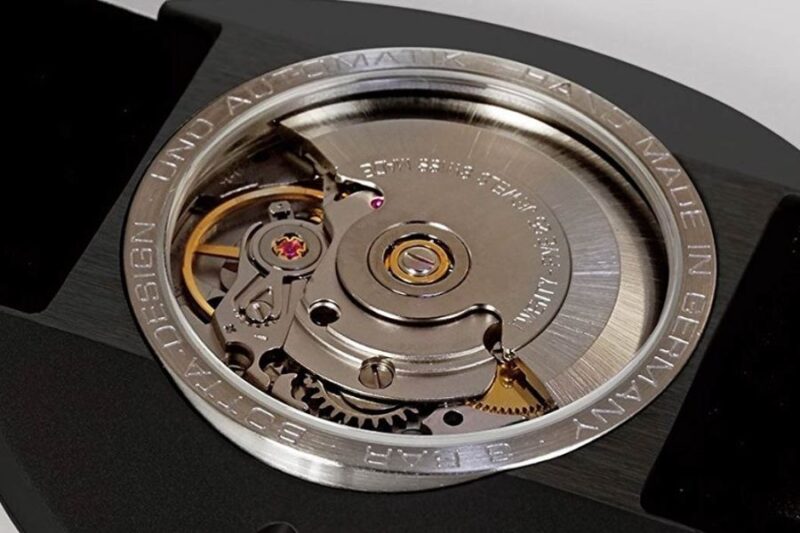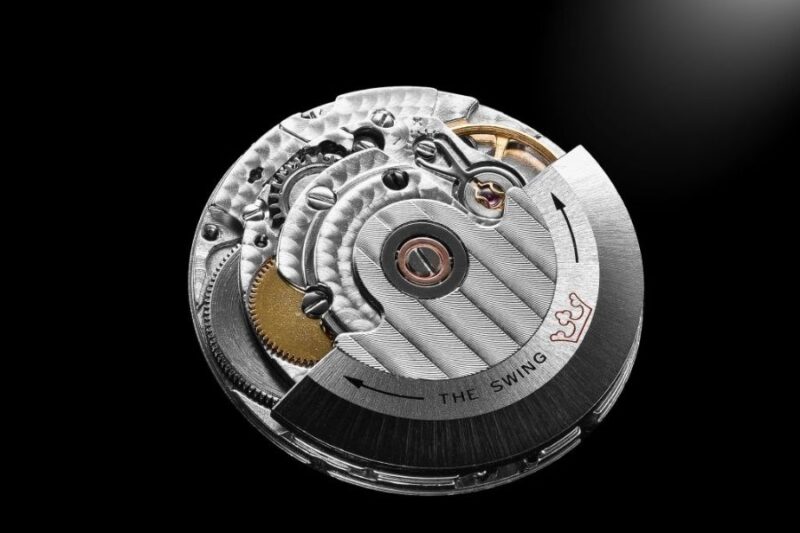Table of Contents
Introduction
In the ever-evolving world of watchmaking, Chinese watch movements have emerged as a compelling choice for OEM and ODM manufacturers seeking quality, affordability, and customization. Brands worldwide are increasingly turning to Chinese movements, such as those from Seagull, Hangzhou, and Dandong, to power their private label and custom logo watches. At Romlicen, a leading Chinese OEM watch manufacturer, we leverage decades of expertise to integrate these reliable and versatile movements into tailored watch designs. This guide explores the quality, diversity, and applications of Chinese mechanical and automatic movements, offering insights for brands looking to elevate their timepieces with cost-effective yet high-performing solutions.
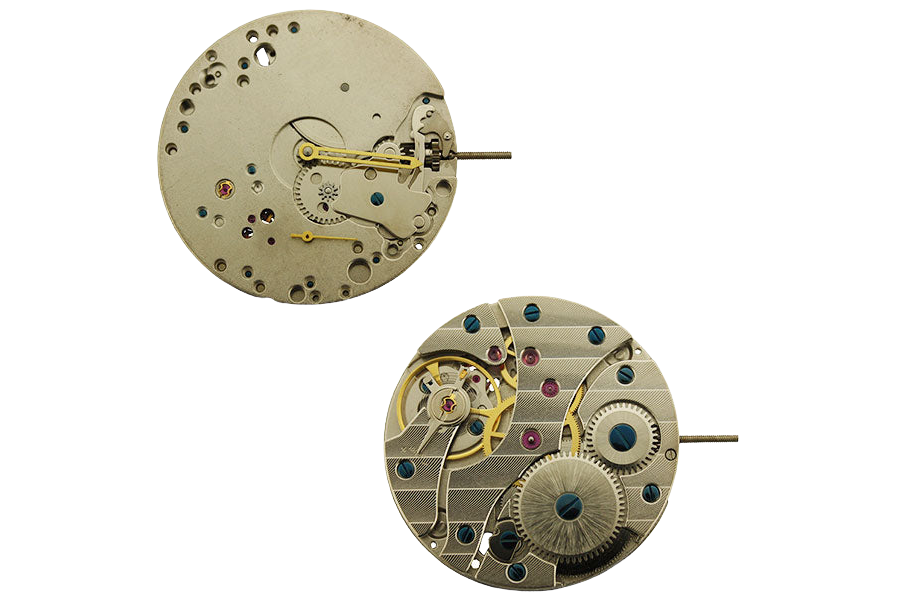
What Are Chinese Watch Movements?
Chinese watch movements refer to the internal mechanisms powering timepieces, designed and manufactured by Chinese watchmaking companies. These movements encompass a range of types, including mechanical, automatic, quartz, and chronograph, catering to diverse OEM and ODM watchmaking needs. Unlike their Swiss or Japanese counterparts, Chinese movements are celebrated for their affordability without compromising reliability, making them a preferred choice for brands creating custom logo watches and private label timepieces.
The history of Chinese watchmaking began in the mid-20th century, with manufacturers like Tianjin Seagull leading the charge. Established in 1955, Seagull developed its first movement, laying the foundation for China’s watch industry. Today, brands such as Hangzhou and Dandong have joined the ranks, producing Chinese mechanical movements and automatic movements that rival global standards. For instance, Seagull’s ST series powers numerous affordable yet precise automatic watches, while Hangzhou’s movements are prized for their versatility in custom designs.
Compared to Swiss movements (e.g., ETA or Sellita), Chinese movements offer cost-effective alternatives with comparable accuracy, often within ±10 seconds per day for high-end models. Japanese movements (e.g., Miyota, Seiko) share similar precision but may lack the customization flexibility that Chinese manufacturers provide. At Romlicen, we integrate these movements into our OEM watchmaking process, ensuring brands achieve their desired performance and aesthetic while maintaining competitive pricing. This balance of quality and value positions Chinese automatic movements as a cornerstone of modern watchmaking.
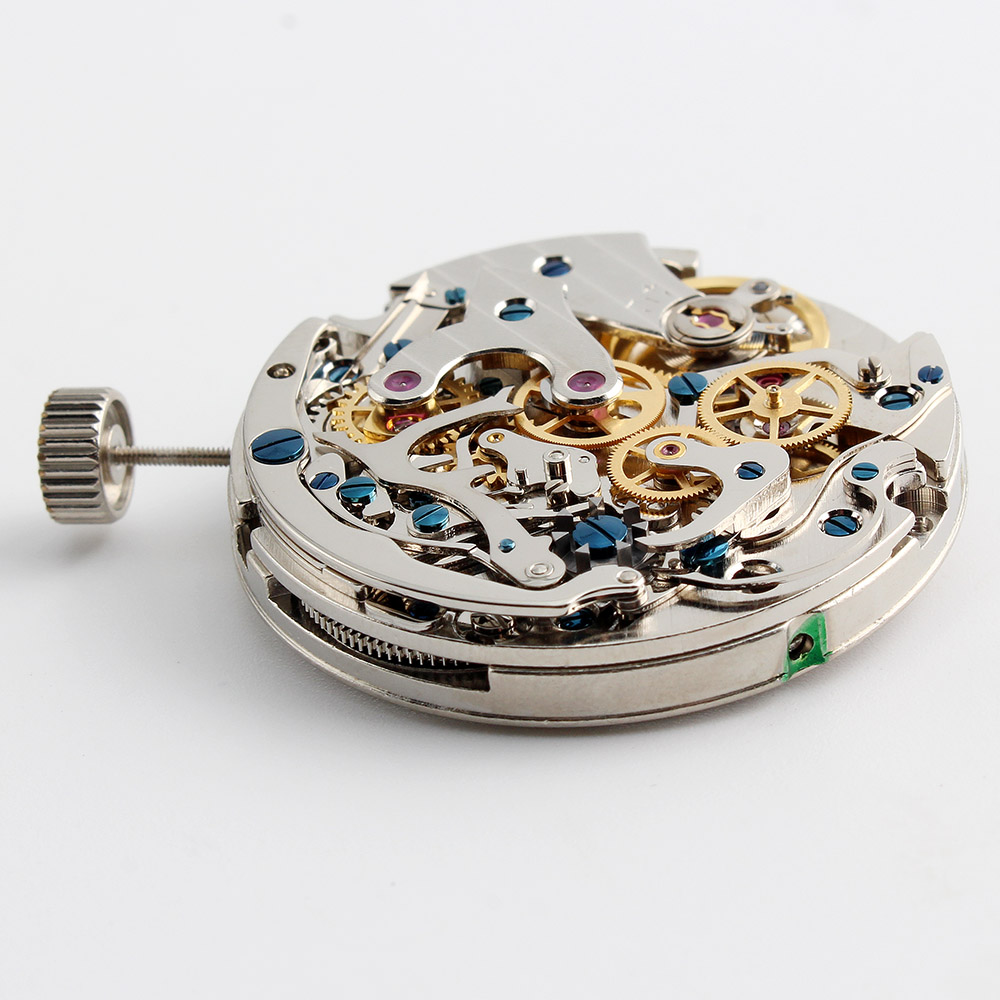
Leading Chinese Watch Movement Brands
The success of Chinese watch movements in global watchmaking is driven by a handful of innovative manufacturers, each offering distinct strengths in quality and customization. At Romlicen, we partner with these leading brands to deliver exceptional OEM and ODM watch solutions, ensuring brands achieve precision and reliability in their custom timepieces. Below, we explore three prominent names in the industry: Seagull, Hangzhou, and Dandong, known for their contributions to Chinese mechanical movements and automatic movements.
Seagull: The Pioneer of Chinese Movements
Tianjin Seagull, founded in 1955, is a cornerstone of China’s watchmaking heritage. Renowned for its Seagull movements, the brand produces reliable automatic and chronograph movements, such as the ST2130 and ST19. The ST2130, a versatile automatic movement, offers 28,800 vibrations per hour (vph) and a 42-hour power reserve, making it a favorite for affordable luxury watches. Seagull’s movements are widely used in private label watches, with Romlicen integrating them into designs featuring custom logos on dials and back cases.
Hangzhou: Precision and Versatility
Hangzhou Watch Company has gained recognition for its cost-effective yet precise Hangzhou watch movements. Models like the Hangzhou 7001, a mechanical movement, are celebrated for their robust construction and adaptability in bespoke watch designs. With a focus on affordability, Hangzhou movements are ideal for brands seeking high-quality solutions without premium costs. Romlicen leverages these movements to craft watches in materials like 316L steel or titanium, tailored to client specifications.
Dandong: The Rising Star
Dandong, an emerging player, is making waves with its high-quality automatic movements. Known for their refined finishing and accuracy, Dandong’s movements, such as the DD320, are increasingly featured in mid-range timepieces. These movements offer brands a balance of performance and aesthetics, perfect for OEM projects requiring sophisticated designs. At Romlicen, we incorporate Dandong movements to meet the growing demand for premium yet accessible custom watches.
These brands exemplify the diversity and reliability of Chinese automatic movements, enabling brands to create timepieces that compete on a global stage. By partnering with Romlicen, clients gain access to these industry-leading movements, seamlessly integrated into their unique watch designs.
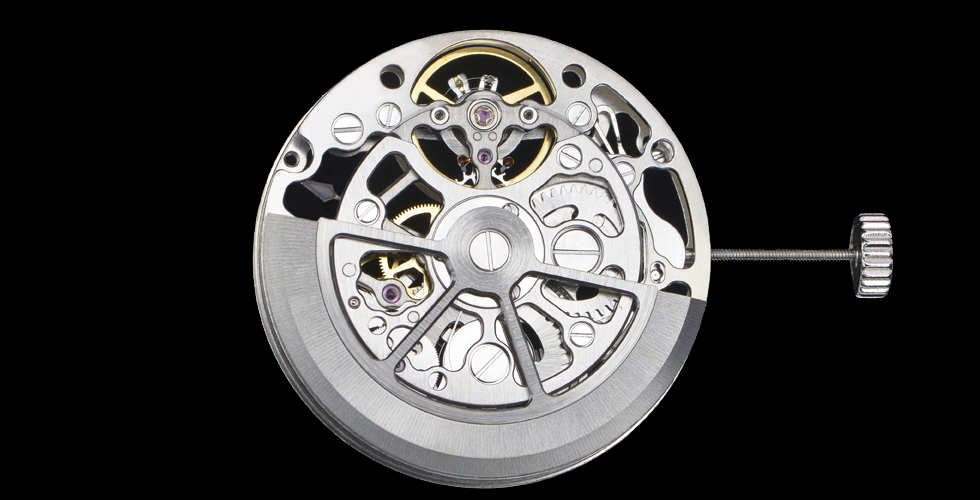
Are Chinese Watch Movements Any Good?
A common question among OEM and ODM watchmakers is whether Chinese watch movements can deliver the quality needed for competitive timepieces. The answer lies in the significant advancements Chinese manufacturers have made in precision, durability, and affordability. Far from their early reputation as budget alternatives, reliable Chinese movements from brands like Seagull, Hangzhou, and Dandong now power a substantial share of the global watch market, offering performance that rivals more expensive options.
Modern Chinese movements, such as Seagull’s ST2130 or Hangzhou’s 7001, achieve accuracy within ±10 to ±15 seconds per day, comparable to entry-level Swiss ETA movements. Their durability is enhanced by robust construction, with many models featuring shock-resistant designs and power reserves exceeding 40 hours. According to industry estimates, Seagull movements alone are used in over 30% of affordable automatic watches worldwide, a testament to their reliability. These advancements make best Chinese watch movements a cornerstone for brands seeking value without sacrificing quality.
At Romlicen, we’ve witnessed firsthand the impact of these movements in custom watchmaking. For example, a recent project involved integrating a Seagull ST19 chronograph movement into a private label watch with a custom logo dial and 316L steel case. The result was a timepiece that combined aesthetic sophistication with dependable performance, meeting the client’s strict standards. By leveraging Chinese mechanical movements, we help brands create watches that stand out in competitive markets while maintaining cost efficiency.
While misconceptions about Chinese movements persist, their proven track record and continuous innovation dispel doubts. For OEM clients, choosing these movements means accessing high-quality solutions tailored to diverse design needs, as Romlicen demonstrates through its meticulous integration process.
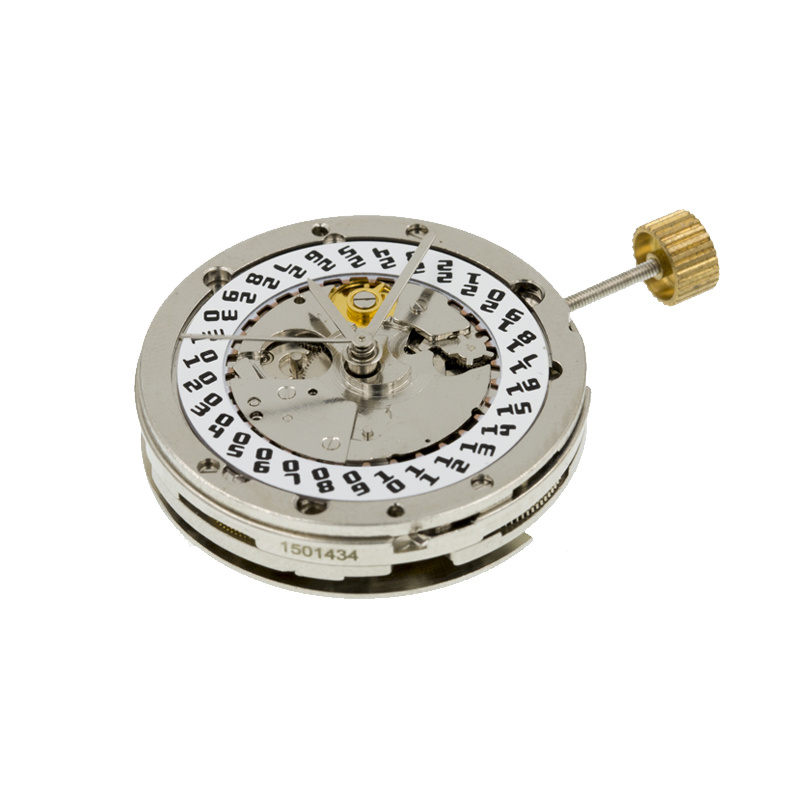
How to Identify a Chinese Watch Movement
For OEM and ODM clients, accurately identifying Chinese watch movements is critical to ensuring the right fit for their custom watch designs. With brands like Seagull, Hangzhou, and Dandong producing a wide range of movements, understanding key identifiers helps brands make informed decisions. At Romlicen, we guide our clients through this process, ensuring transparency and alignment with their project goals. Below are practical steps to identify Chinese watch movements effectively.
Check Movement Markings
Most Chinese movements feature specific markings that indicate their origin and model. For example, Seagull movements often carry an “ST” prefix, such as ST2130 or ST19, engraved on the rotor or bridge. Hangzhou movements may include an “HZ” or model number like 7001, while Dandong movements might display “DD” for models like DD320. Examining these markings under magnification is a reliable first step for identification.
Evaluate Finishing and Rotor Design
The finishing quality and rotor design offer additional clues. Seagull’s high-end movements, for instance, feature Côtes de Genève patterns, while Hangzhou movements often have simpler, functional finishes. Dandong’s rotors may showcase polished engravings, reflecting their focus on aesthetics. Comparing these details against known specifications helps distinguish Chinese mechanical movements from other origins.
Consult with Trusted Manufacturers
Partnering with an experienced OEM manufacturer like Romlicen ensures accurate identification and selection of OEM watch movements. Our team provides detailed documentation and samples, allowing clients to verify movement specifications before production. For example, when designing a private label watch, we confirm whether a Seagull ST19 chronograph or a Hangzhou 7001 mechanical movement best suits the client’s vision, ensuring performance and design alignment.
By combining these methods, brands can confidently identify Chinese watch movements and select options that meet their quality and customization needs. Romlicen’s expertise in this process empowers clients to create timepieces that excel in both function and style.
Applications in OEM and Custom Watchmaking
Chinese watch movements have become a cornerstone for brands seeking to create high-quality, cost-effective timepieces through OEM and ODM partnerships. Their blend of reliability, affordability, and customization flexibility makes them ideal for private label and custom watch projects. At Romlicen, we harness the potential of Chinese movements for OEM watches to deliver tailored solutions that meet the unique needs of our clients, from startups to established brands.
Why Brands Choose Chinese Movements
The appeal of custom watch movements from China lies in their ability to balance performance with budget considerations. Movements like Seagull’s ST2130 or Hangzhou’s 7001 offer precision comparable to entry-level Swiss alternatives at a fraction of the cost. This cost-effectiveness allows brands to allocate resources to premium materials, such as 316L steel or titanium, or intricate design elements like custom-engraved dials. Additionally, Chinese manufacturers provide extensive customization options, enabling unique rotor designs or branded components that align with a brand’s identity.
Romlicen’s Customization Process
At Romlicen, our OEM watchmaking process integrates Chinese mechanical movements seamlessly into bespoke designs. For instance, a recent project involved a client requesting a private label watch with a Seagull ST19 chronograph movement. We incorporated their logo on the dial, crown, and back case, pairing the movement with a CuSn8 bronze case for a distinctive aesthetic. Our team collaborates closely with clients to select movements that match their performance and design goals, whether it’s a robust Dandong DD320 for an automatic dress watch or a Hangzhou 7001 for a minimalist mechanical timepiece.
Delivering Value and Versatility
The versatility of Chinese automatic movements enables brands to cater to diverse market segments, from affordable luxury to niche collectibles. By leveraging these movements, Romlicen helps clients create watches that compete globally without compromising quality. Our expertise ensures that every component, from the movement to the buckle, reflects the brand’s vision, delivering timepieces that resonate with their target audience.
FAQs About Chinese Watch Movements
To address common queries from OEM and ODM clients, we’ve compiled answers to frequently asked questions about Chinese watch movements. These insights, informed by Romlicen’s extensive experience in custom watchmaking, clarify the quality, standards, and applications of these movements.
Yes, reliable Chinese movements have earned a strong reputation in global watchmaking. Brands like Seagull and Hangzhou produce movements, such as the ST2130 and 7001, with accuracy within ±10 to ±15 seconds per day and power reserves exceeding 40 hours. Their robust construction and affordability make them ideal for private label watches, as demonstrated in Romlicen’s projects delivering high-quality custom timepieces.
The term “standard” often refers to widely used movements like Seagull’s ST19 or ST2130, which are benchmarks for standard Chinese movements. The ST19, a chronograph movement, is prized for its reliability and versatility, powering many affordable luxury watches. Romlicen frequently integrates these movements into OEM designs, ensuring consistent performance across diverse watch styles.
Identifying Chinese watch movements involves checking markings like “ST” for Seagull or “HZ” for Hangzhou, often found on the rotor or bridge. Evaluating finishing, such as Côtes de Genève on premium Seagull models, also helps. Romlicen supports clients by providing detailed specifications and samples, ensuring the right Chinese mechanical movements are selected for their custom designs.
The Seagull ST19 stands out as one of the best Chinese chronograph movements. With a 21,600 vph frequency and a 40-hour power reserve, it offers reliable performance for chronograph watches. Romlicen has successfully used the ST19 in private label projects, pairing it with custom dials and 316L steel cases to create sophisticated timepieces that meet client expectations.
Conclusion
Chinese watch movements have redefined value in modern watchmaking, offering a compelling blend of precision, affordability, and customization for OEM and ODM projects. From Seagull’s industry-leading ST2130 and ST19 to Hangzhou’s versatile 7001 and Dandong’s refined DD320, these movements empower brands to create high-quality timepieces that compete globally. At Romlicen, we leverage our expertise to integrate these reliable Chinese movements into bespoke designs, ensuring every watch reflects our clients’ unique vision, from custom logo dials to premium materials like 316L steel or titanium.
For brands seeking OEM watch solutions, Chinese movements provide a strategic advantage, balancing cost and performance without compromise. Whether you’re launching a private label collection or designing a niche timepiece, Romlicen is your trusted partner in navigating the world of watchmaking. Explore our watch design services or movement options to discover how we can bring your brand’s vision to life. Contact us today to start crafting your next iconic timepiece.
Related Reading
- Ticking Styles: Exploring the Different Type of Watches Movement
- Parts of a Watch: A Comprehensive Guide to Watch Anatomy
- Understanding Watch Complications: A Brand’s Guide to Custom Watch Manufacturing
- Choosing the Right Custom Watch Manufacturer: A Key to Brand Success
- From Sketch to Prototype: The Art of Custom Watch Design
- How to Choose the Perfect Movement for Your Custom Automatic Watch
- Bespoke Watch Manufacturing: How to Tailor Every Detail to Your Vision
- The Difference Between Quartz and Mechanical Movements in Custom Watches
- Exploring the Benefits of Swiss, Japanese, and Chinese Watch Movements
- The Benefits of Partnering with a Chinese Watch Manufacturer for Your Brand
- A Comprehensive Guide to Watch Movements
- OEM vs ODM: Which Custom Watch Manufacturing Service Is Right for Your Brand?
- The Art & Craft of Manual Wind Watch Movements: A Timeless Choice
- Watch Movement Types: Ultimate Guide for Brands
- Ronda Watch Movement: Precision & Reliability
- Epson Watch Movement: Precision for Custom Watches
